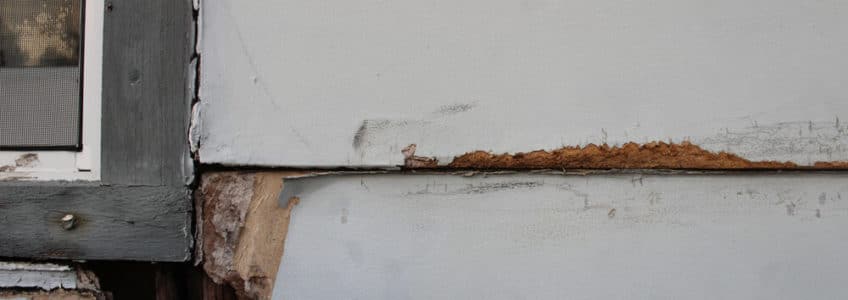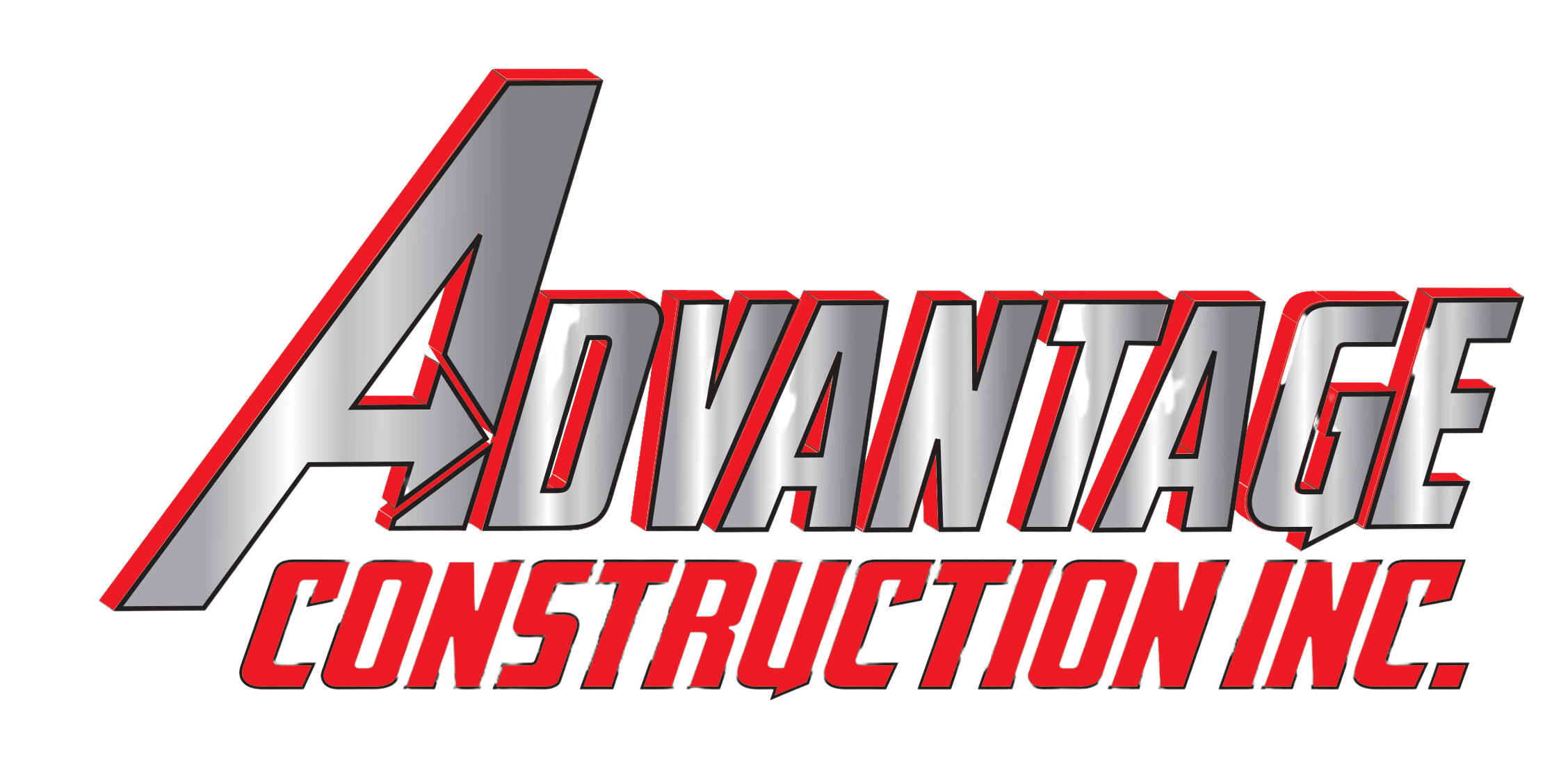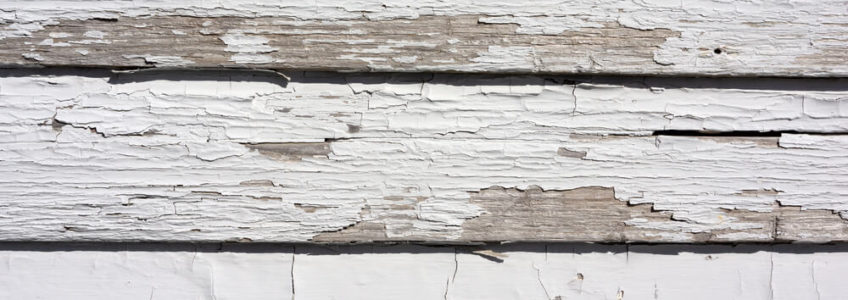
Even though vinyl siding is built to last, damage from unpredictable weather and regular wear and tear can occur throughout the years. When you notice chips, cracks, or weathering, you must determine whether the vinyl siding damage needs repair or full replacement.
While deciding whether repairs or a full replacement is necessary often comes down to the severity of the damage and your personal choice, it’s essential to understand your options.
In this guide, we’ll discuss everything you need to know about repair vs. replacement so you can make an informed decision easily.
Spotting Vinyl Siding Damage
Vinyl is relatively low-maintenance compared to wood panels and doesn’t require yearly refinishing. That being said, there are important warning signs of siding damage that homeowners must be aware of, including:
- Chips
- Cracks
- Weathering
- Melted panels
- Mold or mildew
- Warped or buckling
These issues can occur from a variety of scenarios like unexpected weather conditions resulting in storm damage, grills being too close to homes, burrowing insects, and many more. Even though holes may be small, they can lead to more significant problems if not promptly repaired.
Chips and cracks can lead to more extensive structural damage by adding unwanted moisture. Therefore, to help maintain the integrity of your home, you need to address vinyl siding damage as soon as possible.
If you’re unsure whether or not these problems require a total replacement, it’s essential to contact your trusted vinyl siding contractor.
Filing an Insurance Claim
Once you properly assess the level of vinyl siding damage, you’ll need to determine if your homeowner’s insurance provides coverage. Since storm damage is one of the most common reasons for damaged vinyl panels, there should be compensation for those repairs or total replacement costs.
Navigating an insurance claim on your own can be a headache. Rest assured, the knowledgeable contractors at Advantage Construction are happy to help you maximize your insurance claim so that you get the compensation you deserve for your necessary repairs or replacements.
Repairing vs. Replacing Vinyl Siding Damage
Premium vinyl siding is known for its durability and low maintenance requirements, meaning it doesn’t require the same attention as wood siding. However, severe storms can create problems that need to be addressed. So, while most vinyl siding issues are resolvable by making repairs, there are circumstances that require replacements.
Take a look at some examples of when to repair or replace your vinyl siding:
Cracks and Chips
Every Minnesotan knows just how extreme weather can be from season to season. From excessive heat to hail to icy blizzards, your vinyl siding is designed to handle it all. However, when we least expect it, intense storms and hail can still take their toll.
These minor imperfections may seem like not a big deal; however, if left unchecked, they can be open invitations for moisture, insects, and other problems over time. For this reason, it’s vital to replace damaged panels promptly.
Insect Damage
Wasps, ants, and other creepy crawlers can find their way into your home by burrowing into your vinyl siding through exposed holes or lifted panels. After calling the exterminator, make sure to call your vinyl siding contractor to safeguard your home’s exterior against further damage.
Melted Side Panels
Grilling is a quintessential part of summer in Minnesota. But did you know grills can pose a severe threat to your home’s integrity if not used correctly? Grills positioned too close to a home can bring intense heat where it’s not wanted resulting in melted vinyl siding. If you notice melted panels, it’s vital to take action immediately:
- Move the grill a safe distance away from your home.
- Call in a specialist to replace the melted panels.
- Enjoy your meal without fear of further problems occurring.
Drafty Homes
A drafty home is not only uncomfortable, but it can also weigh on your paycheck. High-quality attic insulation is a great way to minimize a drafty house, but if temperature changes continue to happen after installation it may mean your siding is poorly insulated.
Weak points like electrical units or piping can unknowingly leak warm temperatures and drive up your utility bills. Consider adding insulated siding to help lock in heat throughout colder winter months and secure your home.
Mold and Mildew
Even a little bit of moisture can lead to unwanted mold, mildew, and rot. While mold and mildew can hide in the structure of your home, additional water damage can appear in a multitude of ways. From peeling, bubbling, or cracking in your wallpaper and paint to pooling water under your roof and attic leaks, it’s vital to get help from an experienced technician so a thorough assessment can be performed.
Boosting Curb Appeal
Making the decision to replace vinyl siding can enhance the curb appeal of your property which means a higher resale value when it comes time to sell. If your vinyl siding looks a little lackluster or outdated, a full replacement might be a service you want to consider.
Update Your Vinyl Siding With Advantage Construction
Whether you are dealing with moisture problems, insect infestation, or simply looking to boost curb appeal, updating your vinyl siding is a breeze, thanks to the trusted team at Advantage Construction.
Our contractors will help you identify any vinyl siding damage and decide what’s best when it comes to repair or replacement. Additionally, if extreme weather conditions cause the issue, we’ll help you file an insurance claim so that you can get the necessary coverage. We strive to provide every customer with top-tier services, and we’ll work with you to find the best solution for your budget.
Call the vinyl siding specialists at Advantage Construction to learn more about vinyl siding options and schedule your free consultation.

